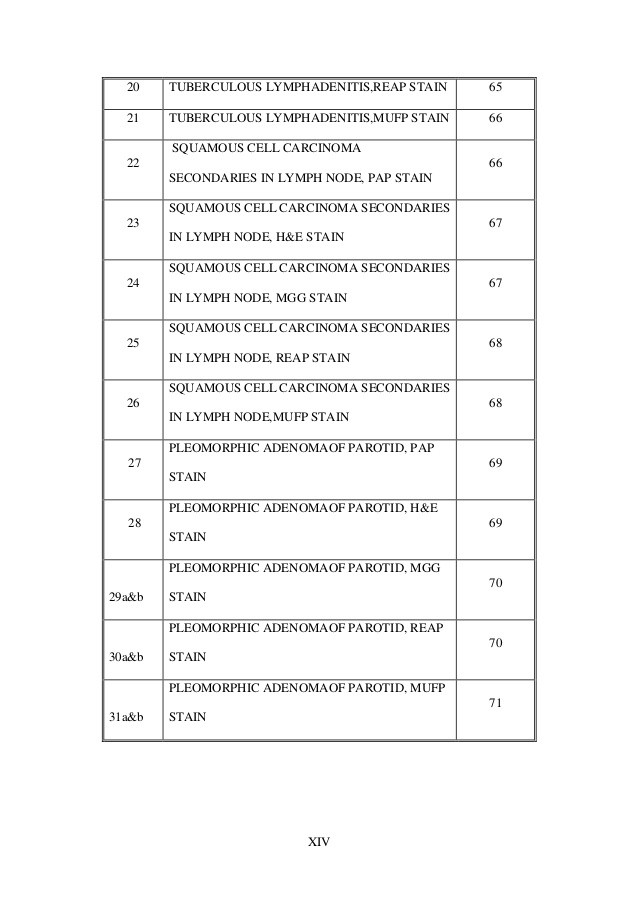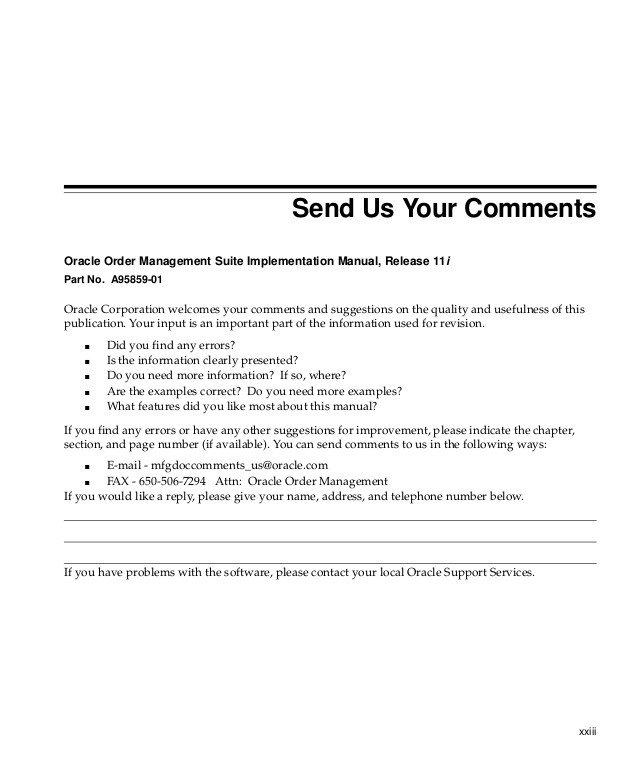Statement 133 Implementation Issue No J14
Post on: 27 Апрель, 2015 No Comment

Statement 133 Implementation Issue No. J14
Date cleared by Board:
December 6, 2000
QUESTION
During January 1998, Company A issued a $100 million structured note that pays quarterly a 3 percent annual rate of interest plus an additional quarterly return based on any increase in the S&P 500 index for that quarter, with a guaranteed return of principal at maturity. Upon adoption of Statement 133, Company A chose to grandfather those embedded derivatives that existed in hybrid instruments that were issued, acquired or substantively modified before January 1, 1999. Therefore, the embedded equity derivative is not separated from the debt host contract.
Based on the guidance in paragraph 21(f) and paragraph 29(h) of Statement 133 (as amended), may Company A designate the following hedging relationships involving the example structured note:
- Fair value hedge of the risk of changes in the structured note’s overall fair value
- Fair value hedge of the risk of changes in the fair value of the embedded equity derivative that is not being accounted for separately
- Fair value hedge of the risk of changes in the structured note’s fair value attributable to changes in the designated benchmark interest rate (for example, the U.S. Treasury rate)
- Cash flow hedge of the risk of changes in the structured note’s total quarterly cash flows
- Cash flow hedge of the risk of changes in the structured note’s cash flows attributable to changes in the designated benchmark interest rate (for example, the U.S. Treasury rate)?
BACKGROUND
Paragraph 4 of Statement 133 describes the exposures that may be hedged under Statement 133. Paragraph 4 states, in part:
If certain conditions are met, a derivative instrument may be designated as a hedging instrument for the following exposures:
- A hedge of the exposure to changes in fair value of a recognized asset or liability, or of an unrecognized firm commitment, that are attributable to a particular risk (referred to as a fair value hedge)
Paragraph 21(f) sets forth the types of risks that may be designated as being hedged in a fair value hedge. Paragraph 21(f) (as amended), states, in part:

If the hedged item is a financial asset or liability, a recognized loan servicing right, or a nonfinancial firm commitment with financial components, the designated risk being hedged is [the following]:
- The risk of changes in the overall fair value of the entire hedged item,
- The risk of changes in its fair value attributable to changes in the designated benchmark interest rate (referred to as interest rate risk),
- The risk of changes in its fair value attributable to changes in the related foreign currency exchange rates (referred to as foreign exchange risk), or
- The risk of changes in its fair value attributable to both changes in the obligor’s creditworthiness and changes in the spread over the benchmark interest rate with respect to the hedged item’s credit sector at inception of the hedge (referred to as credit risk).
If the risk designated as being hedged is not the risk in paragraph 21(f)(1) above, two or more of the other risks (interest rate risk, foreign currency exchange risk, and credit risk) may simultaneously be designated as being hedged.
Paragraph 29(h) sets forth the risks that may be designated as being hedged in a cash flow hedge. Paragraph 29(h) (as amended) states, in part:
If the hedged transaction is the forecasted purchase or sale of a financial asset or liability (or the interest payments on that financial asset or liability) or the variable cash inflow or outflow of an existing financial asset or liability, the designated risk being hedged is [the following]:
- The risk of overall changes in the hedged cash flows related to the asset or liability, such as those relating to all changes in the purchase price or sales price (regardless of whether that price and the related cash flows are stated in the entity’s functional currency or a foreign currency),
- The risk of changes in its cash flows attributable to changes in the designated benchmark interest rate (referred to as interest rate risk),
- The risk of changes in the functional-currency-equivalent cash flows attributable to changes in the related foreign currency exchange rates (referred to as foreign exchange risk). or
- The risk of changes in its cash flows attributable to default, changes in the obligor’s creditworthiness, and changes in the spread over the benchmark interest rate with respect to the hedged item’s credit sector at inception of the hedge (referred to as credit risk).
Two or more of the above risks may be designated simultaneously as being hedged.
RESPONSE
The following guidance relates to Company A’s ability to designate various fair value and cash flow hedging relationships involving the example structured note in the Question section:
- Company A may designate a fair value hedge of the risk of changes in the structured note’s overall fair value. Because Company A must have an expectation at the inception of the hedge and on an ongoing basis that the hedging relationship will be highly effective in achieving offsetting changes in fair value during the period the hedge is designated, it must obtain a derivative instrument or combination of derivatives that would be a highly effective hedge of changes in the structured note’s overall fair value. While this strategy is permitted, it may be difficult to construct a hedging instrument that is highly effective in offsetting the interest-rate-based and equity-based components of the structured note’s return while also encompassing a hedge of credit risk exposure. However, if it is expected that the embedded equity-based component of the structured note will generate de minimis changes in fair value during the hedge period, an expectation of high effectiveness may be established.
The above response has been authored by the FASB staff and represents the staff’s views, although the Board has discussed the above response at a public meeting and chosen not to object to dissemination of that response. Official positions of the FASB are determined only after extensive due process and deliberation.














